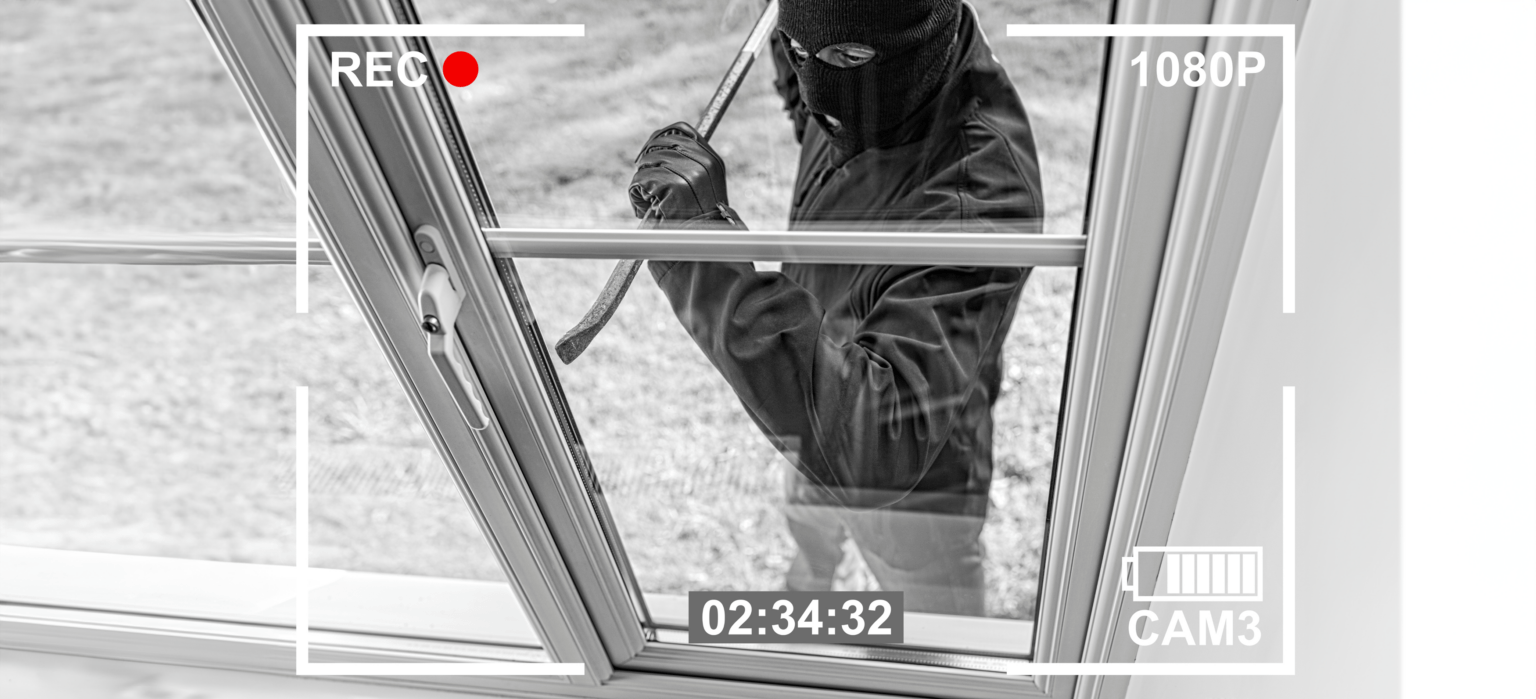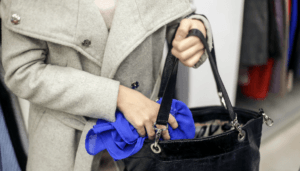Navigating Organized Retail Crime in 2024: Its Threat and the Need to Innovate

At the outset of 2023, major news outlets issued stark warnings: criminal organizations involved in organized retail crime (ORC) were slated to become one of the foremost challenges for retailers in the coming year. Now, midway through 2024, the threat of ORC still looms large for retailers worldwide.
In this blog, we delve into what ORC entails, how criminal groups operate, the devastating consequences for retailers, and crucial strategies to combat this growing threat. Explore insights, real-world examples, and innovative solutions to protect your business and enhance the shopping experience for your customers in today’s competitive market landscape.
What is Organized Retail Crime?
According to the National Retail Federation, organized retail crime (ORC) refers to “the large-scale theft of retail merchandise with the intent to resell the items for financial gain.” The sophisticated theft of merchandise from retail establishments can be coordinated by just two individuals or a massive group working internationally.
Unlike sporadic shoplifting incidents, ORC involves strategic planning and execution across multiple stores and regions. These criminal networks target high-value goods such as electronics, luxury items, pharmaceuticals, and infant formula, which are then resold through various channels for substantial profit, including flea markets and online resellers like Amazon, eBay, Alibaba, and more.

Initially recognized as isolated theft rings, ORC has evolved in tandem with advancements in technology and changes in retail practices. Modern ORC groups leverage digital communication, sophisticated logistics, and insider information to maximize their efficiency and evade detection. This evolution has transformed ORC from petty theft into a complex and widespread criminal enterprise. Law enforcement agencies play a crucial role in combating this evolving threat by coordinating operations, generating leads, and supporting victims.
ORC groups typically consist of specialized roles: organizers who plan and coordinate operations, boosters (thieves) who execute thefts, fences who launder and resell stolen goods, and insiders who provide intelligence or access. These groups may operate locally, regionally, or nationally, targeting specific merchandise based on demand and resale value.
Effective coordination with local law enforcement agencies is crucial in combating organized retail crime.
Methods of Organized Theft
Organized retail crime employs various sophisticated methods to steal merchandise from retail stores:
- Distraction Techniques: Distracting store employees while accomplices quickly grab items.
- Shelf Sweeping: Rapidly clearing shelves of merchandise and fleeing.
- Fraudulent Returns: Using counterfeit receipts or stolen credit cards to return stolen goods for cash or store credit.
- Cargo Theft: Hijacking or breaking into freight trucks to steal entire shipments of goods.
These tactics are designed to minimize risk and maximize the quantity and value of stolen goods.
Impact of Organized Retail Crime
The impact of ORC on retailers is profound and far-reaching:
- Financial Losses: According to the National Retail Federation (NRF), ORC costs the retail industry billions of dollars annually in the United States alone. Each ORC incident averages over $700,000 in losses for affected retailers due to stolen merchandise.
- Operational Disruption: ORC disrupts supply chains, strains inventory management, and increases security costs. Retailers often pass these costs onto consumers through higher prices.
- Reputational Damage: Publicized ORC incidents can tarnish a retailer’s reputation, erode customer trust, and deter foot traffic.
Real-World Examples and Statistics
Recent years have seen numerous high-profile ORC cases:
- A national electronics retailer reported losses exceeding $10 million due to coordinated theft rings targeting high-end smartphones and tablets across multiple states.
- A pharmaceutical chain suffered losses of over $5 million from organized thefts of prescription medications and health supplements, impacting inventory availability and customer service.
- Online marketplaces play a significant role in the resale of stolen goods, necessitating transparency to verify the identities of high-volume third-party sellers.
According to a recent article in Forbes, 90% of retailers have experienced retail theft. These statistics underscore the pervasive and costly nature of organized retail crime.
Innovate or Get Left Behind
The challenge of combating organized retail crime has never been more pressing. Retailers must innovate continuously to safeguard their merchandise and customer experience. The conventional approach of locking up every product in response to theft risks alienating customers by increasing wait times and creating frustration at the point of purchase. This not only undermines the efficiency of operations but also diminishes overall profitability as shoppers may opt to patronize stores offering more seamless and customer-friendly experiences.
The ripple effects of retail theft are felt beyond immediate losses. The costs incurred, whether through increased security measures or elevated product prices to offset losses, ultimately impact the consumer. Such practices unfairly burden shoppers who bear the financial consequences of theft, despite their innocence.
In response to these challenges, forward-thinking retailers are turning to innovative solutions such as retail security products from InVue.
-
- Cable Locks: Ideal for sell-thru items, Cable Locks feature an EAS system and strong cable that can easily be looped around products and cannot be defeated by magnets.
- Cable Lock Anchor: A versatile solution for securing items to fixtures, preventing unauthorized removal and triggering alarms if tampered with.
- Merchandise Display Solutions: InVue’s merchandise display solutions cover a wide range of items from smartphones to cameras and everything in between. What makes our products unique is that the majority operate on a single-key system. With the single-key system you have full control of which employees can access what items, never have to worry about rekeying locks, and can more efficiently manage products.
- Smart Locks: Ensure secure access to popular high-theft items while allowing frictionless access for both associates and customers using store-issued devices or a smartphone.
These technologies provide robust anti-theft measures while preserving the accessibility and appeal of merchandise to customers. By implementing these advancements, retailers not only protect their assets but also uphold a commitment to delivering a positive shopping experience that builds trust and loyalty among their clientele. Check out what our clients have to say about our solutions.
Related Read: How Mii Achieved Retail Security and a Uniform Store Aesthetic
Conclusion
In 2024, the threat of organized retail crime continues to challenge retailers globally. Protect your business from losses with InVue’s advanced retail security solutions. From Cable Locks to Smart Locks, our innovative technologies ensure both security and customer satisfaction.
Contact InVue today to fortify your defenses and maintain a secure shopping environment amidst evolving retail challenges.
